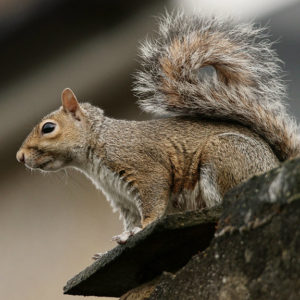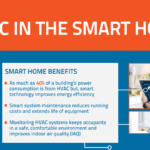 Did you know that right now, raccoons all over North America are hunkering down in attics and crawl spaces to give birth and raise their young? It might not seem like the kind of factoid an HVAC specialist should know, but it is.
Did you know that right now, raccoons all over North America are hunkering down in attics and crawl spaces to give birth and raise their young? It might not seem like the kind of factoid an HVAC specialist should know, but it is.
Every year, pests of all kinds find their way into the warm and cozy walls, ducts, attics, crawl spaces, and basements of homes and other buildings. And once they’re camped out inside, they can be extremely difficult to remove without causing them harm or serious distress. They can also cause significant and costly damage that, in many cases, isn’t covered by insurance.
If preventive pest control isn’t on your radar as an HVAC technician or specialist, keep reading. Your future customers will appreciate the part you play in preventing unwanted guests from moving in.
How much damage can pests cause?
If you’ve never witnessed or experienced the kind of damage that pests can cause inside a home, you probably think the problem is rare. Perhaps you think it takes lots and lots of rats, mice, or raccoons to cause significant damage. Or maybe you think it takes years and years of pests living inside a home to cause costly damage.
You’d be wrong on all counts. Sure, that little mouse you see scurrying around your garage from time to time might look super cute. But he represents a massive risk to the home and the health of anyone living in it.
A single mouse leaves 3,000 microdroplets of urine behind each day. Rats, for their part, drop upwards of 50 feces pellets per day. This urine and feces can contain all sorts of bacteria, viruses, and pathogens, including salmonella and typhus. Raccoon feces are even worse, containing roundworm eggs that can cause severe damage to a human’s nervous system.
On top of the health risks, these kinds of pests are also notorious for chewing through insulation, drywall, and even the wiring inside your walls. Combined, pests are estimated to be the cause of 25% of mystery fires.
How to protect a home from pests
Once they’ve set up camp inside a home, some pests can be extremely difficult to remove, especially without killing or harming them. The most ethical way to control pests in a home is simply to deter them from entering in the first place.
For HVAC technicians, that begins with securing the most common entry points that pests typically take advantage of: vents and soffits.
Roof vents, for instance, are a favourite entry point for raccoons. They’re known for pulling away lightweight aluminum roof vents that are easily bent and manipulated. Instead, opt for sturdy plastic roof vents that are firmly nailed down.
Perforated soffit vents are another common entry point that pests have little trouble finding their way through. Instead, install hooded soffit vents with dampers that prevent rodents from entering the home.
Finally, be sure to install sturdy plastic wall caps with built-in dampers. Thin aluminum wall caps without dampers are easily chewed through. Plastic wall caps with dampers will keep out smaller pests, such as mice, rats, and squirrels.



